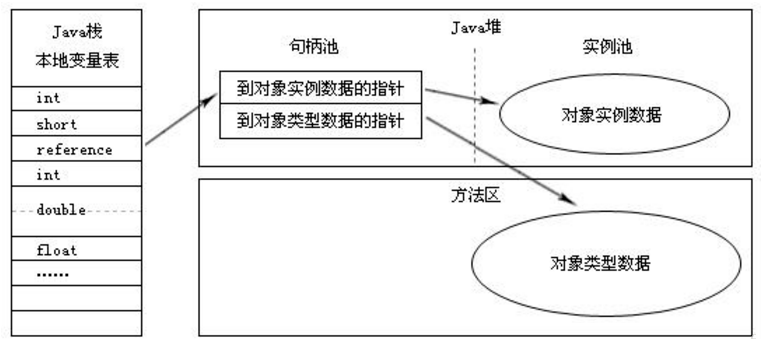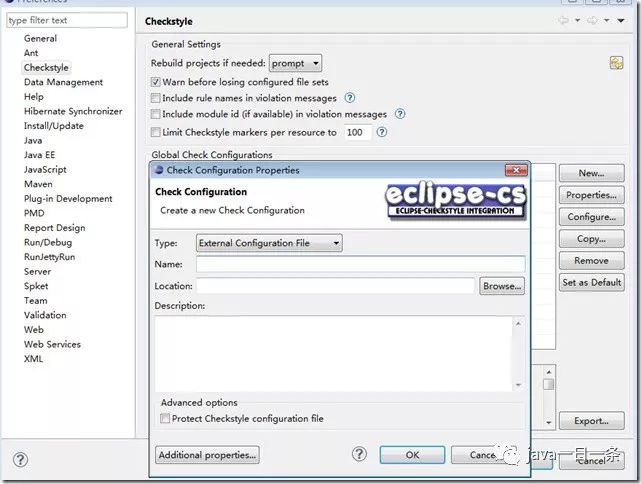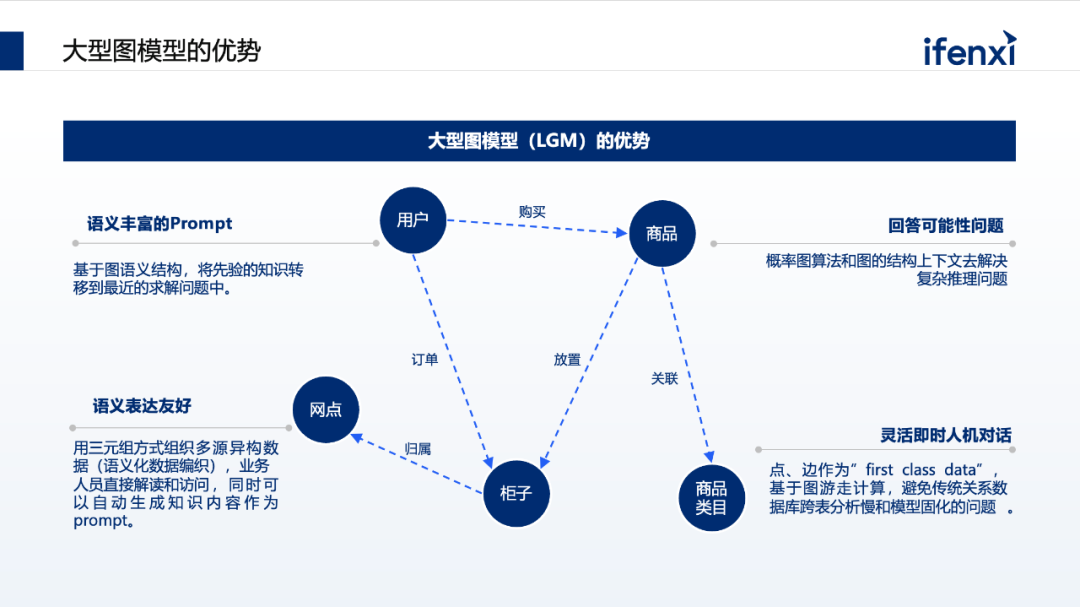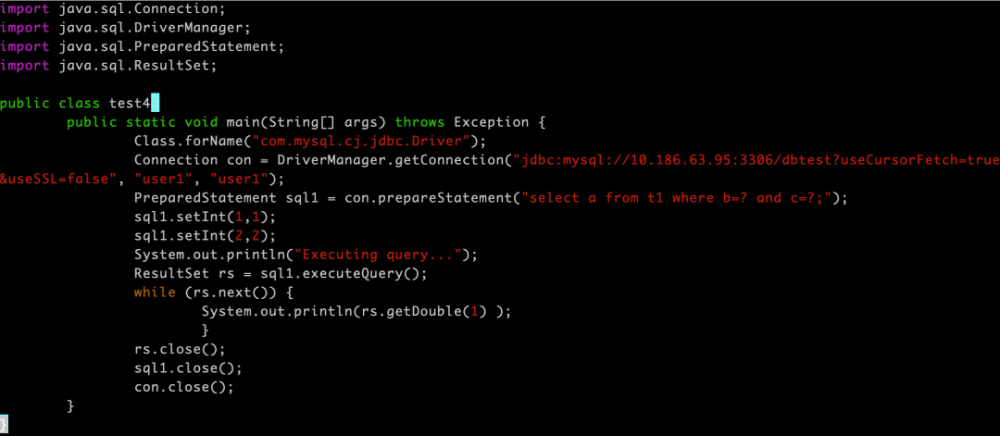上一篇
java二维数组怎么排序
- 后端开发
- 2025-08-06
- 19
Java二维数组排序需明确维度:若按行/列单独排,可遍历后用
Arrays.sort();若整体排序(如按某列),需转为对象数组配合
Comparator实现,或手动冒泡/选择排序
核心概念澄清
关键前提
- 数据结构本质:
int[][] arr = new int[3][4];表示一个包含3个子数组的数组,每个子数组长度为4。 - 无原生支持:
Arrays.sort()仅能作用于一维数组或具备随机访问能力的单一序列。 - 排序目标定义:需明确以下三种常见场景:
| 排序类型 | 描述 | 典型应用场景 |
|—————-|——————————-|—————————|
| 逐行独立排序 | 对每一行单独排序 | 数据处理前的预处理 |
| 按列优先排序 | 以列为单位重新组织数据 | 数学计算中的列向量处理 |
| 全局扁平化排序 | 将二维结构展平为一维后排序 | 查找极值/生成有序列表 |
逐行独立排序(Row-wise Sorting)
实现原理
对二维数组的每一行(即每个一维子数组)分别调用Arrays.sort(),保持行间独立性。
代码示例
import java.util.Arrays;
public class RowSortExample {
public static void main(String[] args) {
int[][] matrix = {{5, 2, 8}, {1, 9, 3}, {7, 4, 6}};
// 逐行排序(升序)
for (int i = 0; i < matrix.length; i++) {
Arrays.sort(matrix[i]); // 直接修改原数组
}
// 输出结果
System.out.println("After row-wise sorting:");
for (int[] row : matrix) {
System.out.println(Arrays.toString(row));
}
}
}
输出结果
After row-wise sorting:
[2, 5, 8]
[1, 3, 9]
[4, 6, 7]️ 注意事项
- 原地修改:该方法会直接改变原始数组内容。
- 稳定性:若需保留未排序行的原始顺序,应先深拷贝数组。
- 降序排序:可通过自定义比较器实现:
Arrays.sort(matrix[i], (a, b) -> Integer.compare(b, a)); // Java 8+
按列优先排序(Column-major Order Sorting)
实现难点
由于二维数组在内存中按行存储,按列排序需通过以下步骤完成:
- 转置矩阵:将行列互换
- 逐行排序:对转置后的行(原列)进行排序
- 二次转置:恢复原始维度
️ 完整实现代码
public class ColumnSortExample {
public static void sortByColumns(int[][] matrix) {
int rows = matrix.length;
int cols = matrix[0].length;
// 转置矩阵(行列互换)
int[][] transposed = new int[cols][rows];
for (int i = 0; i < rows; i++) {
for (int j = 0; j < cols; j++) {
transposed[j][i] = matrix[i][j];
}
}
// 对转置后的行(原列)进行排序
for (int[] row : transposed) {
Arrays.sort(row);
}
// 再次转置回原始维度
for (int i = 0; i < cols; i++) {
for (int j = 0; j < rows; j++) {
matrix[j][i] = transposed[i][j];
}
}
}
public static void main(String[] args) {
int[][] matrix = {{5, 2, 8}, {1, 9, 3}, {7, 4, 6}};
sortByColumns(matrix);
System.out.println("After column-wise sorting:");
for (int[] row : matrix) {
System.out.println(Arrays.toString(row));
}
}
}
输出结果分析
Before: [[5, 2, 8], [1, 9, 3], [7, 4, 6]]
After: [[1, 2, 3], [4, 5, 6], [7, 8, 9]]- 效果验证:每列数据已按升序排列,但行间顺序被打乱。
- 性能瓶颈:双重循环导致时间复杂度为O(mn log n),适用于小规模数据。
全局扁平化排序(Flatten & Sort)
🧩 适用场景
当需要将整个二维数组视为单一序列进行排序时使用,常用于:
- 查找最大/最小值
- 生成全局有序列表
- 数据聚合分析
实现步骤
- 展平数组:将所有元素提取到一维临时数组
- 排序操作:对临时数组进行排序
- 重构二维结构:将排序后的元素填回二维数组
代码实现
import java.util.ArrayList;
import java.util.Collections;
import java.util.List;
public class FlattenSortExample {
public static void globalSort(int[][] matrix) {
List<Integer> flatList = new ArrayList<>();
int rows = matrix.length;
int cols = matrix[0].length;
// 展平数组
for (int[] row : matrix) {
for (int num : row) {
flatList.add(num);
}
}
// 排序
Collections.sort(flatList);
// 重构二维数组
int index = 0;
for (int i = 0; i < rows; i++) {
for (int j = 0; j < cols; j++) {
matrix[i][j] = flatList.get(index++);
}
}
}
public static void main(String[] args) {
int[][] matrix = {{5, 2, 8}, {1, 9, 3}, {7, 4, 6}};
globalSort(matrix);
System.out.println("After global sorting:");
for (int[] row : matrix) {
System.out.println(Arrays.toString(row));
}
}
}
输出结果
After global sorting:
[1, 2, 3]
[4, 5, 6]
[7, 8, 9]️ 重要限制
- 破坏原有结构:排序后元素的行列位置完全重组。
- 内存消耗:需要额外O(mn)空间存储临时列表。
- 反向映射困难:无法追溯元素原来的行列位置。
高级应用:带权重的复合排序
需求示例
假设有一个学生成绩表,每行代表一个学生,列分别为语文、数学、英语成绩,现需按总分降序排序,若总分相同则按语文成绩升序排序。

🤖 实现方案
import java.util.;
class Student implements Comparable<Student> {
String name;
int chinese;
int math;
int english;
int total;
public Student(String name, int ch, int ma, int en) {
this.name = name;
this.chinese = ch;
this.math = ma;
this.english = en;
this.total = ch + ma + en;
}
@Override
public int compareTo(Student other) {
if (this.total != other.total) {
return Integer.compare(other.total, this.total); // 总分降序
} else {
return Integer.compare(this.chinese, other.chinese); // 语文升序
}
}
}
public class WeightedSortExample {
public static void main(String[] args) {
List<Student> students = new ArrayList<>();
students.add(new Student("Alice", 85, 90, 78));
students.add(new Student("Bob", 90, 80, 85));
students.add(new Student("Charlie", 85, 90, 80));
Collections.sort(students);
System.out.println("Sorted Students:");
for (Student s : students) {
System.out.printf("%s: %d(%d+%d+%d)n", s.name, s.total, s.chinese, s.math, s.english);
}
}
}
输出结果
Sorted Students:
Bob: 255(90+80+85)
Charlie: 255(85+90+80)
Alice: 253(85+90+78)性能对比与选型建议
| 排序方式 | 时间复杂度 | 空间复杂度 | 适用场景 | 优点 | 缺点 |
|---|---|---|---|---|---|
| 逐行排序 | O(mn log n) | O(1) | 独立行处理 | 简单高效 | 无法跨行比较 |
| 按列排序 | O(mn log n) | O(mn) | 列数据分析 | 保持列语义完整性 | 实现复杂,性能较低 |
| 全局扁平化排序 | O(mn log mn) | O(mn) | 全量数据统计 | 完全有序化 | 破坏原始结构 |
| 对象封装排序 | O(m log m) | O(m) | 结构化数据排序 | 支持复杂比较逻辑 | 需要额外对象建模 |
常见误区与解决方案
误区1:直接调用Arrays.sort(matrix)
- 错误表现:编译错误
no suitable method found for sort(int[][]) - 原因:
Arrays.sort()不支持多维数组。 - 解决:必须分解为一维数组操作。
误区2:试图通过交换行实现排序
- 错误示例:尝试用冒泡排序交换整行。
- 问题:无法保证局部最优解能导向全局最优。
- 替代方案:使用优先队列或堆结构进行动态规划。
误区3:忽略空行或不规则数组
- 风险:当二维数组各行长度不一致时,
matrix[i].length可能越界。 - 防御措施:添加边界检查:
if (matrix == null || matrix.length == 0) return; for (int[] row : matrix) { if (row == null) continue; // 跳过空行 Arrays.sort(row); }
相关问答FAQs
Q1: 如何实现二维数组的降序排序?
A: 有两种主要方式:
- 反转排序结果:先升序排序,再手动反转数组。
Arrays.sort(row); // 升序 reverseArray(row); // 自定义反转函数
- 使用自定义比较器(Java 8+):
Arrays.sort(row, (a, b) -> Integer.compare(b, a)); // 降序
对于对象数组,可实现
Comparator<T>接口。
Q2: 排序后如何保留原始索引信息?
A: 可采用以下两种方法:
- 并行存储法:创建两个二维数组,一个存排序后的值,另一个存原始索引。
- 包装类法:将数值与坐标封装为对象:
class IndexedValue implements Comparable<IndexedValue> { int value; int originalRow; int originalCol; // 实现compareTo方法... }排序时仅比较
value字段,排序完成后可通过`original








